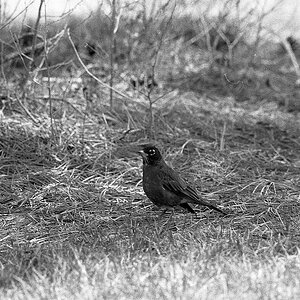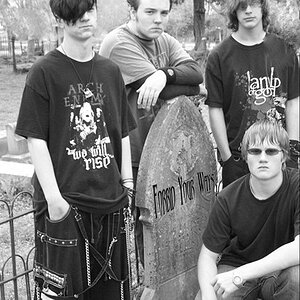newbie321
TPF Noob!
- Joined
- Nov 16, 2010
- Messages
- 8
- Reaction score
- 0
- Can others edit my Photos
- Photos OK to edit
hi, i should spend some time doing research which i will but i kinda need a response right away for some photos i have to take tonight. i will do research after im done from the field
i am taking pictures of a row of houses about a block long and i was thinking about doing a panoramic shot. i dont know anything about panoramic shots, but i will worry about post processing the pics when i come back from the field, but i want to make sure i do everything correctly when i take the pictures.
i have a canon rebel t2i which i never really used much.
so am i supposed to take overlapping pics (maybe 1/3 overlap)? and is a tripod really necessary?
and is there some settings i need to adjust on the camera (such setting the camera to panoramic mode) or something?
i am taking pictures of a row of houses about a block long and i was thinking about doing a panoramic shot. i dont know anything about panoramic shots, but i will worry about post processing the pics when i come back from the field, but i want to make sure i do everything correctly when i take the pictures.
i have a canon rebel t2i which i never really used much.
so am i supposed to take overlapping pics (maybe 1/3 overlap)? and is a tripod really necessary?
and is there some settings i need to adjust on the camera (such setting the camera to panoramic mode) or something?


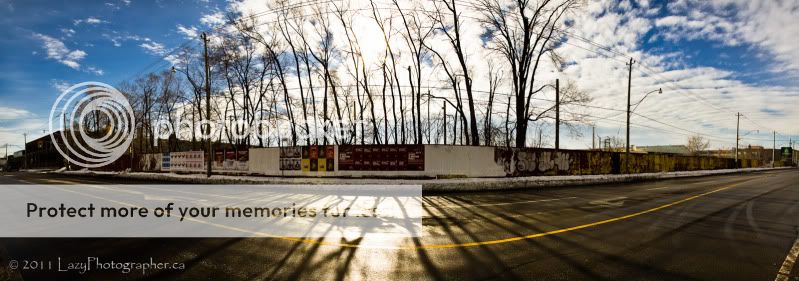
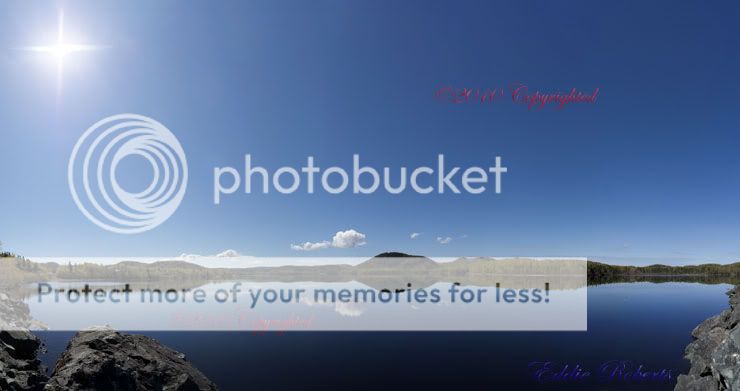

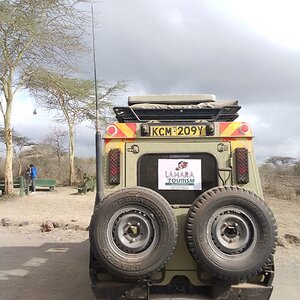

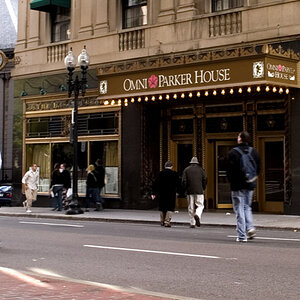
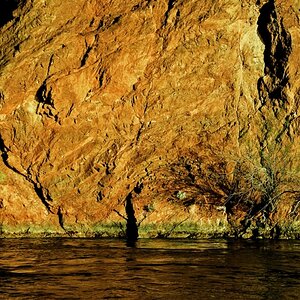
![[No title]](/data/xfmg/thumbnail/41/41763-0bab4b330c52691d3fe616ed090ace09.jpg?1619739885)
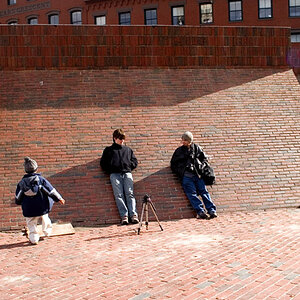
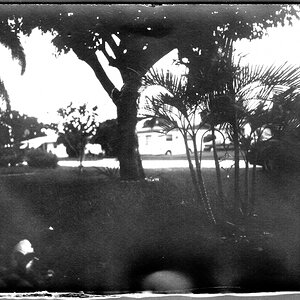
![[No title]](/data/xfmg/thumbnail/41/41762-58f644e561db7433f4f566037a965217.jpg?1619739884)
